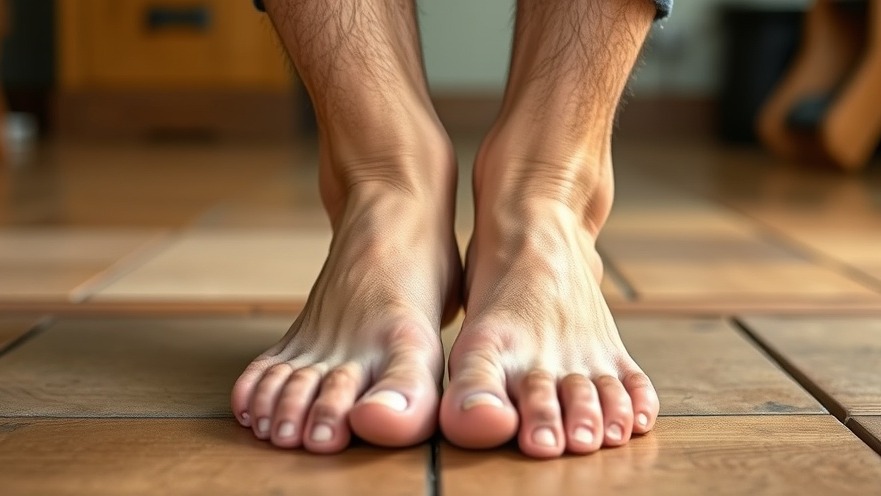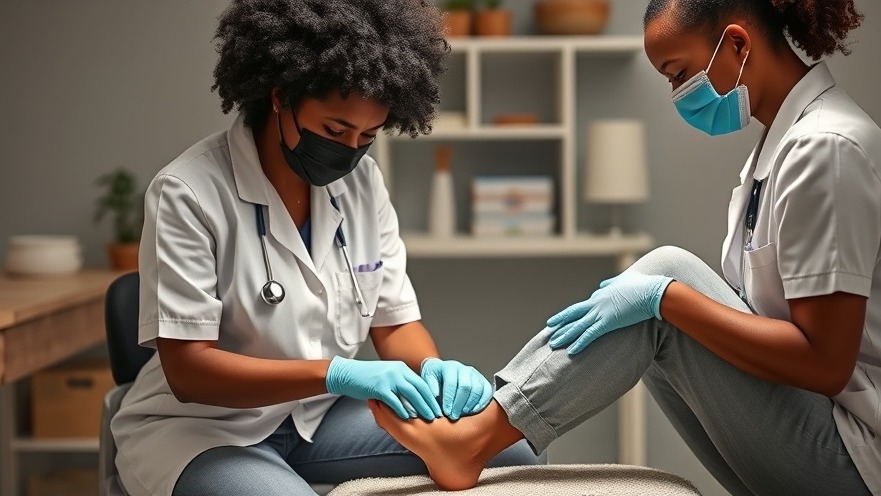
Understanding Medical Grade Toenail Restoration
In the world of foot care, toenail restoration has become a valuable and necessary service for many individuals. Whether due to injury, fungal infections, or underlying health conditions like diabetes, the need for effective toenail restoration is prevalent. Medical-grade toenail restoration not only focuses on aesthetic improvements but also addresses issues that can affect overall foot health.
In Medical grade toenail RESTORATION 👣💅‼️The video discusses the benefits and techniques of toenail restoration, prompting us to dive deeper into its significance and implications.
The Importance of Proper Toenail Care
Taking care of toenails is essential for anyone, especially for those prone to conditions like toenail fungus or blisters. Individuals with diabetes, for example, are often more vulnerable to foot complications and require routine care. Ensuring that toenails are trimmed correctly and maintaining hygiene can prevent discomfort and even serious complications. Regular checks can enable early detection of issues, such as thickened toenails, that may require specialized treatments.
How Toenail Restoration Works
Medical-grade toenail restoration typically involves the application of a specialized nail covering that mimics the natural appearance of a healthy toenail. This procedure not only improves the look of compromised nails but also acts as a protective barrier against further damage and infections. For individuals with conditions such as torn or detached toenails, restoration can provide both physical and emotional relief. Patients experiencing discomfort from sore blistered feet can also benefit by enhancing their overall foot health through these restorative practices.
Risks and Challenges in Toenail Restoration
While toenail restoration has many benefits, it’s important to acknowledge potential risks and challenges. Issues such as ingrown toenails or thick calluses can complicate restoration processes. Moreover, certain conditions may require collaborative treatment, combining nail restoration with general podiatric care to ensure the health of the entire foot and thoroughly address issues, such as treating water blisters or caring for blistered toes.
Practical Tips for Toenail Care and Restoration
Engaging in proper foot and toenail care can significantly ease many potential problems. Here are some actionable tips:
***Regularly trim toenails*** to prevent them from becoming thick or developing ingrown edges.
***Maintain good foot hygiene*** to reduce the risk of fungal infections and blisters.
***Moisturize your feet,*** especially areas prone to dryness, to prevent cracking and soreness.
Incorporate professional services for thorough evaluations and necessary treatments, especially for those with medical conditions.
Listen to your body; seek immediate care for persistent foot issues such as soreness or persistent blisters.
Final Thoughts on Toenail Restoration
The journey through toenail restoration highlights the intricate relationship between beauty and health. Investing time in your foot care not only improves aesthetics but also supports overall well-being. Foot care practitioners, including specialists from local foot care specialists, play a crucial role in providing the necessary resources, recommendations, and treatments to ensure our feet are as healthy as they are beautiful. By taking a proactive approach to toenail care, individuals can prevent painful conditions and improve their overall quality of life.
 Add Row
Add Row  Add
Add 




Write A Comment